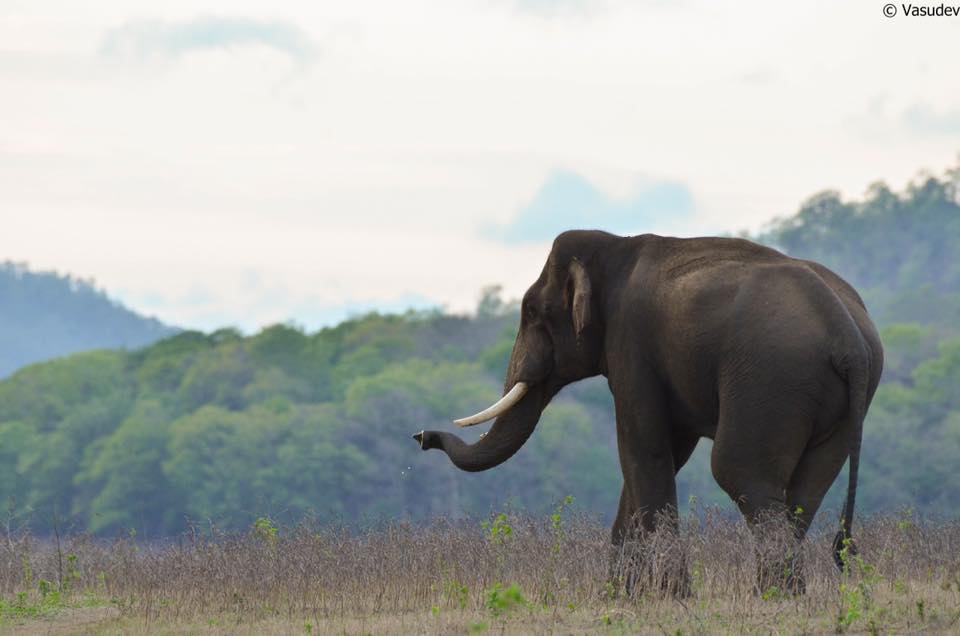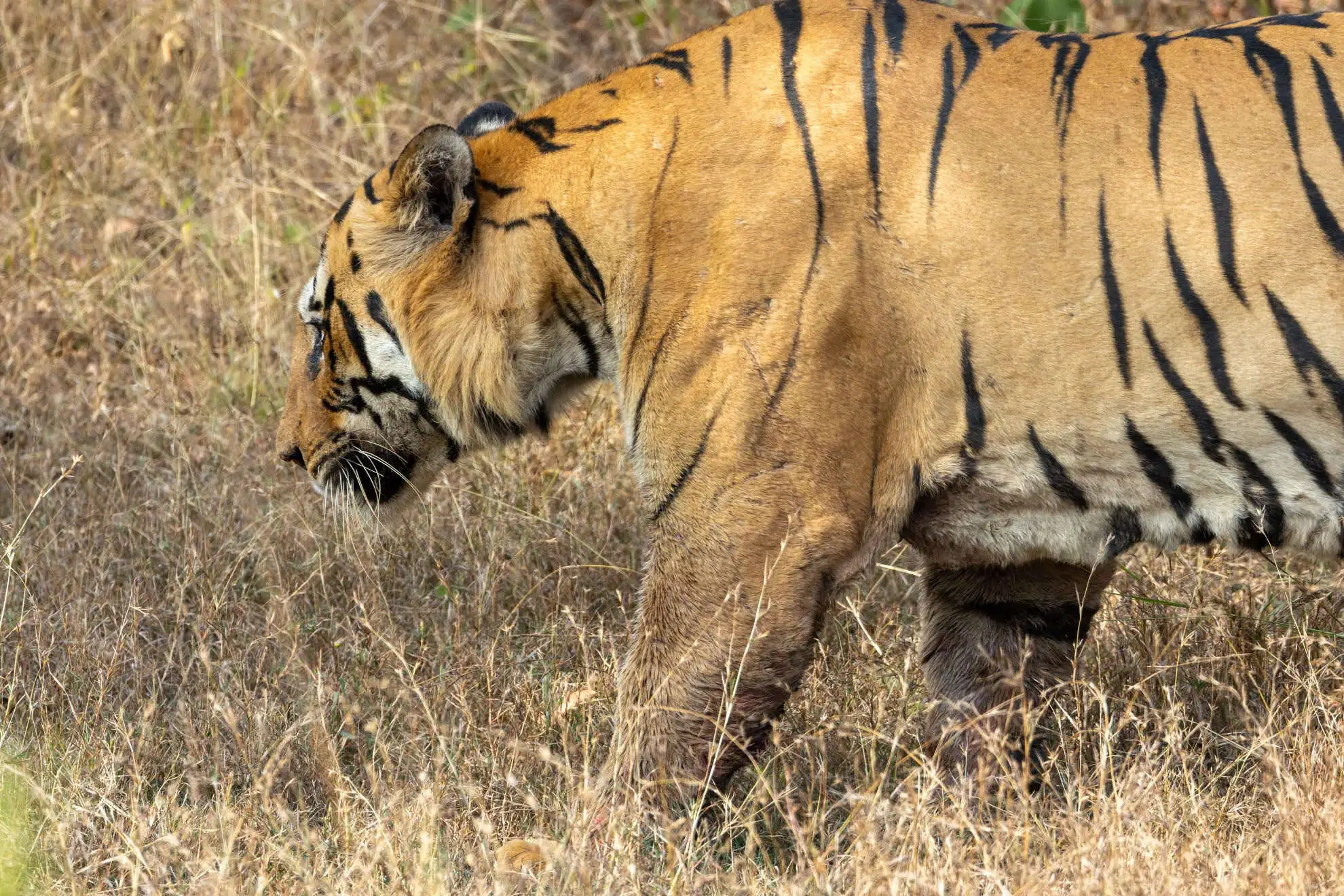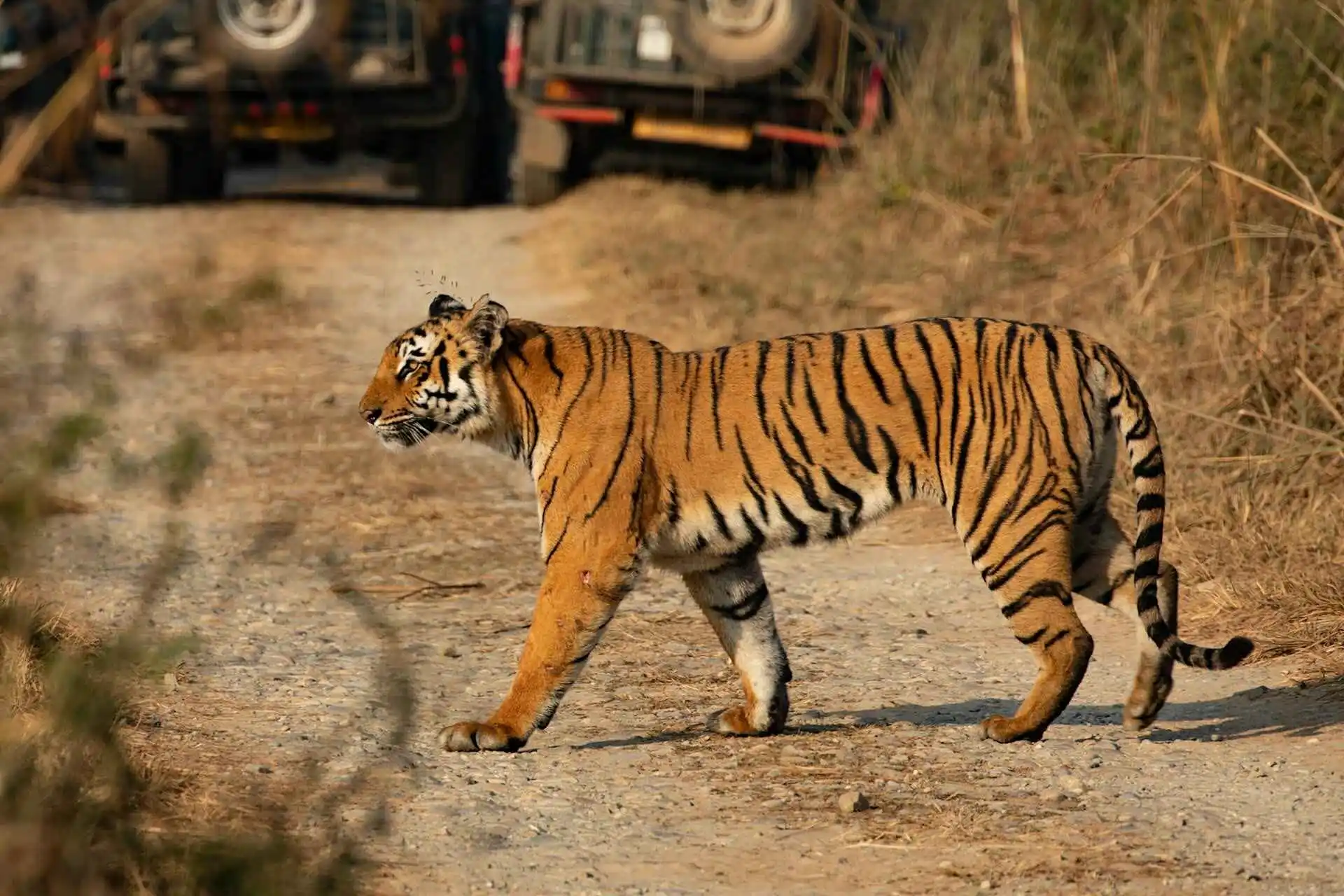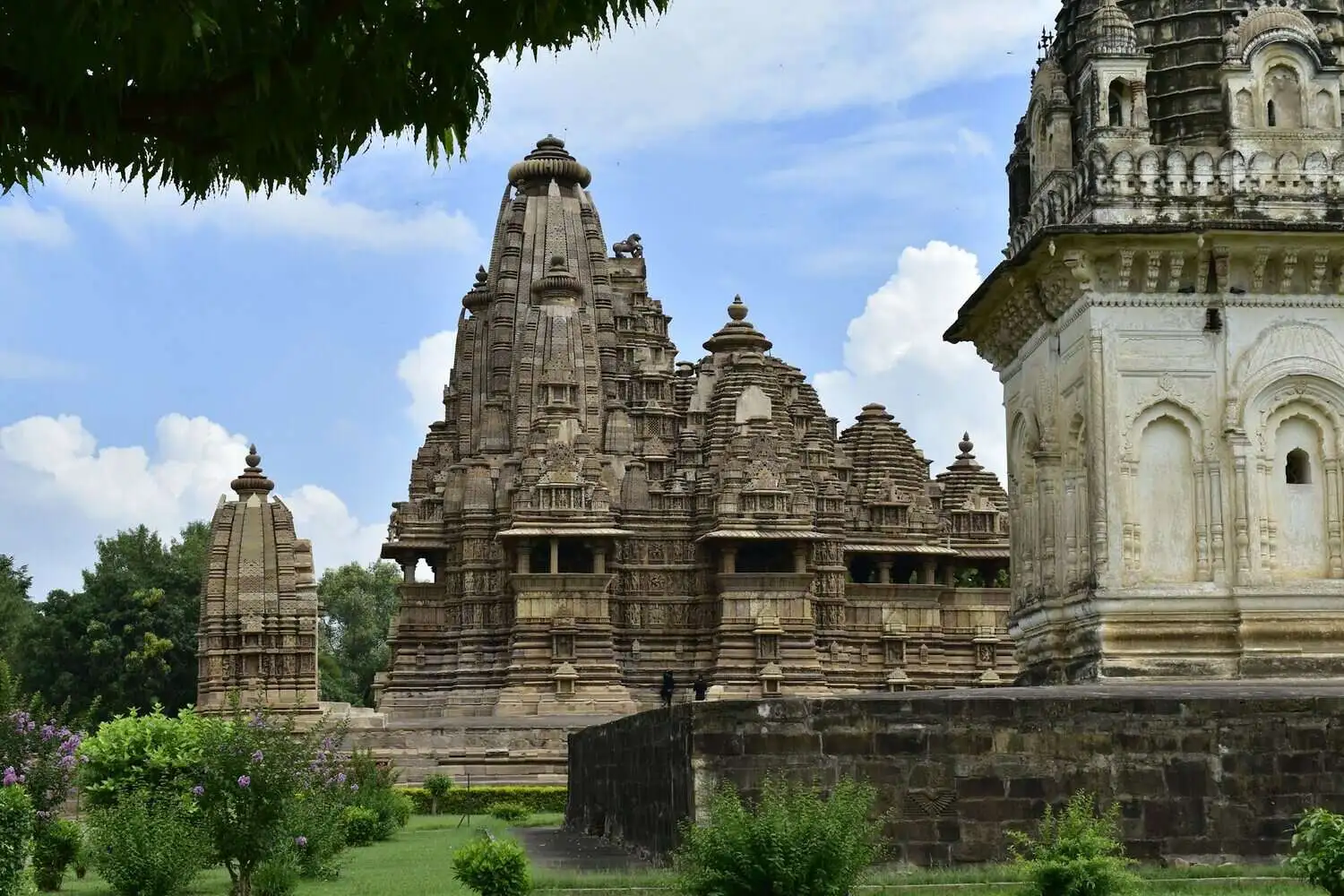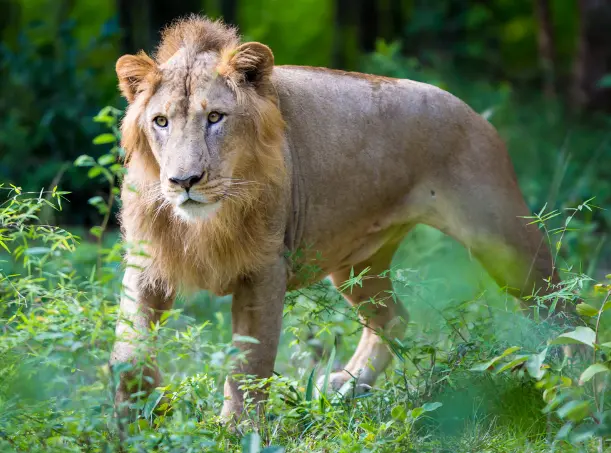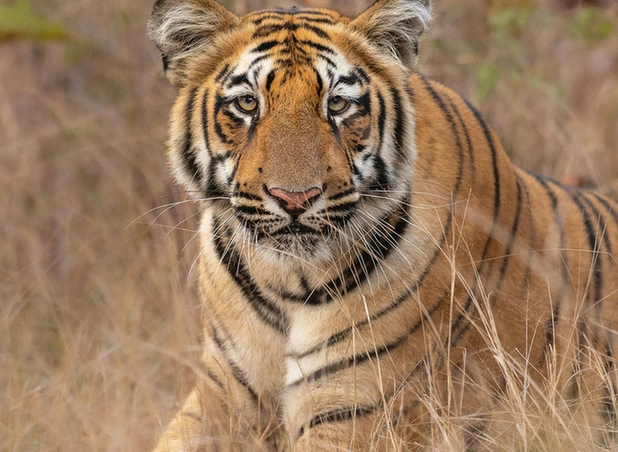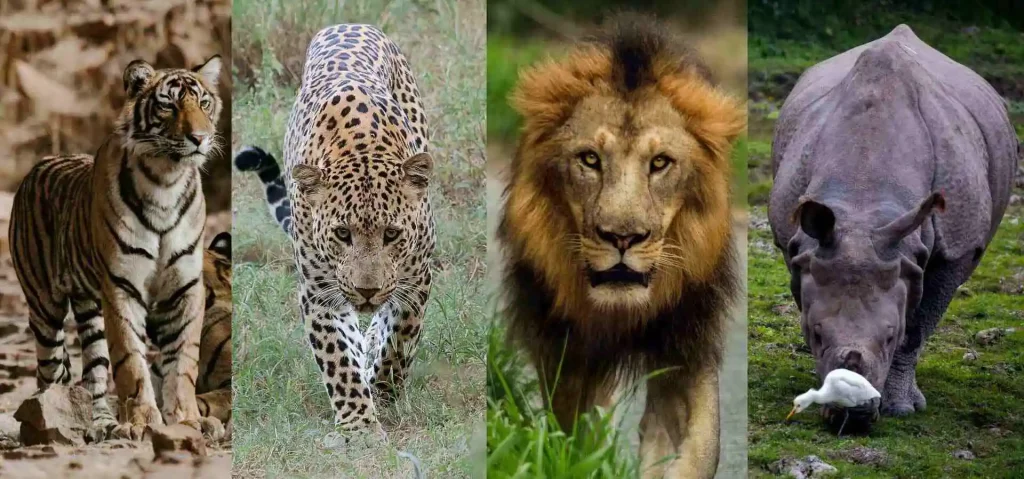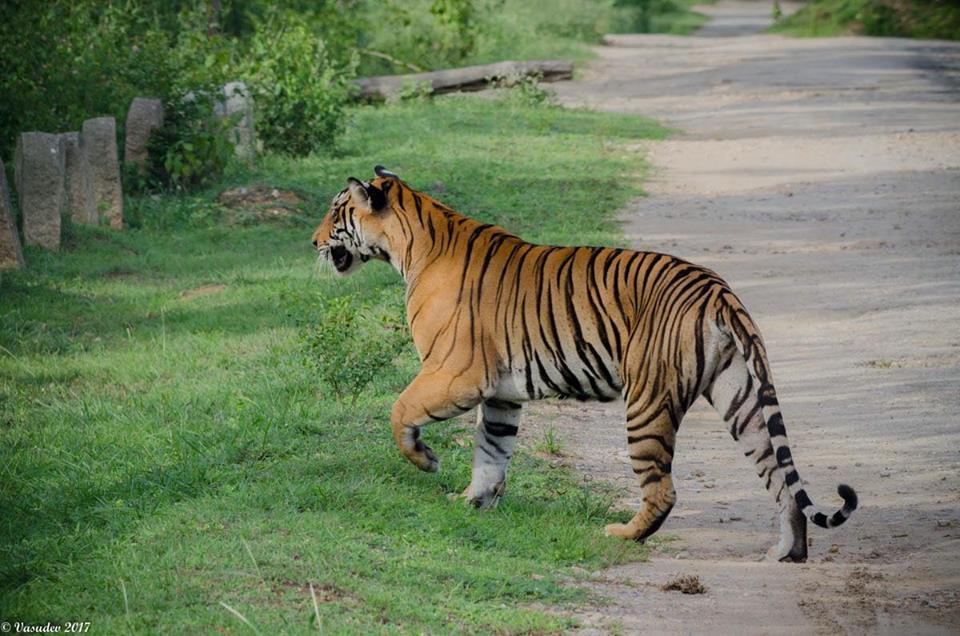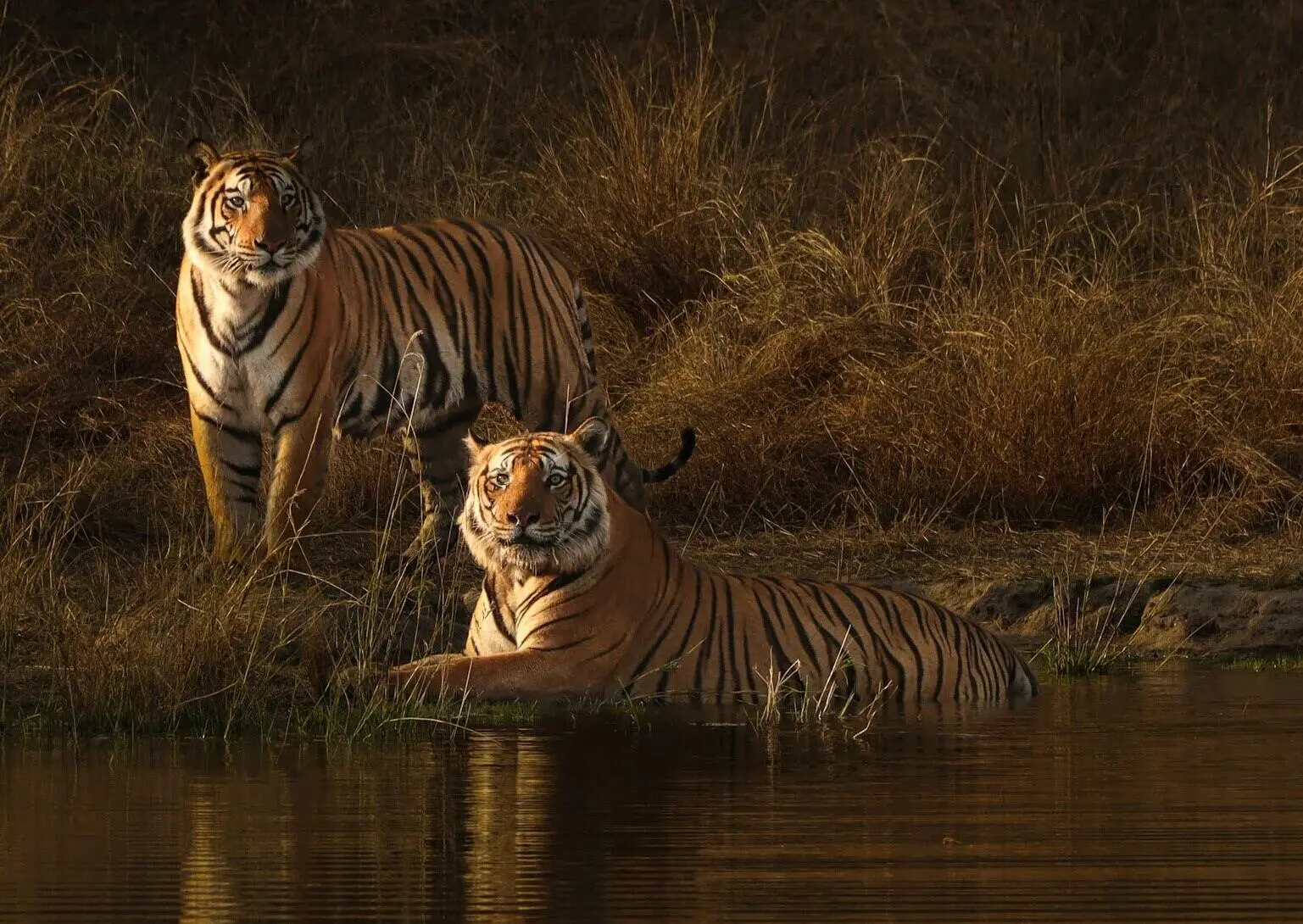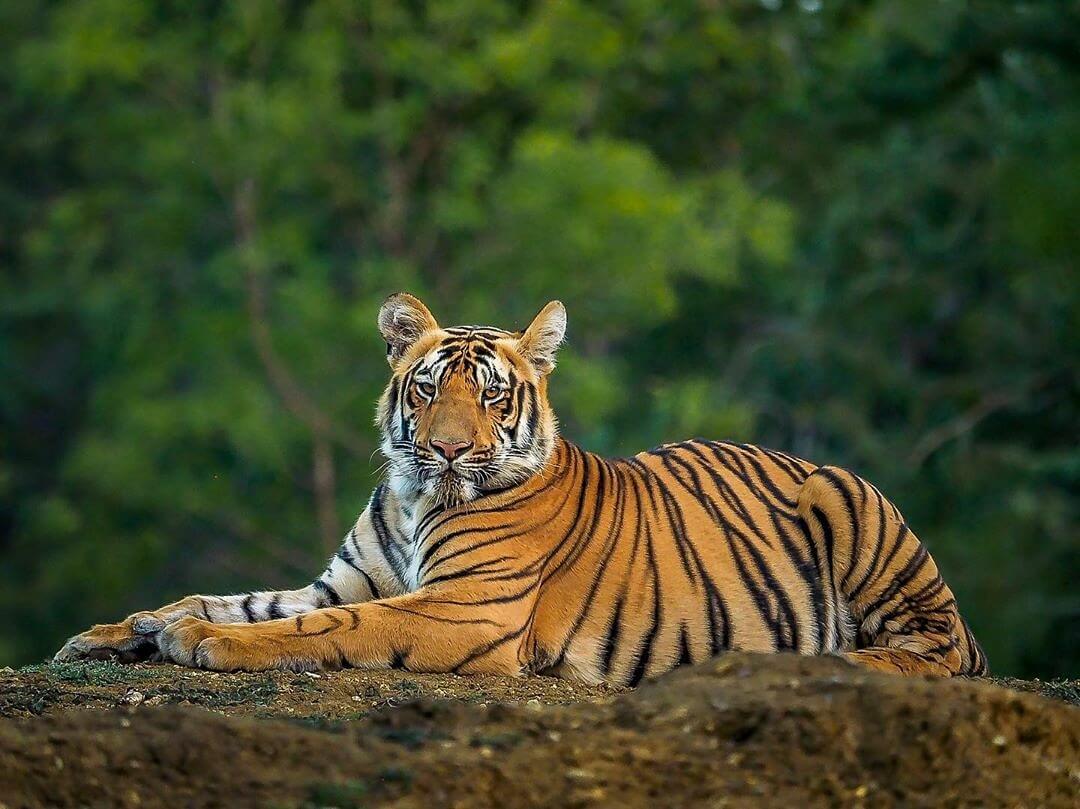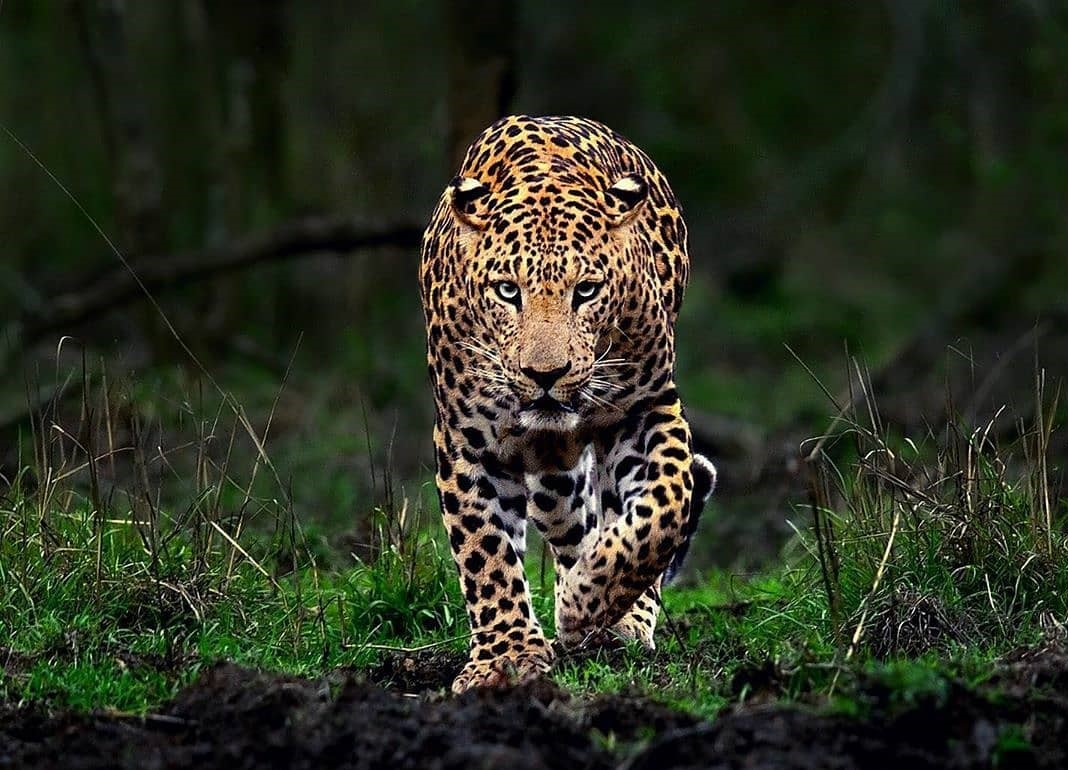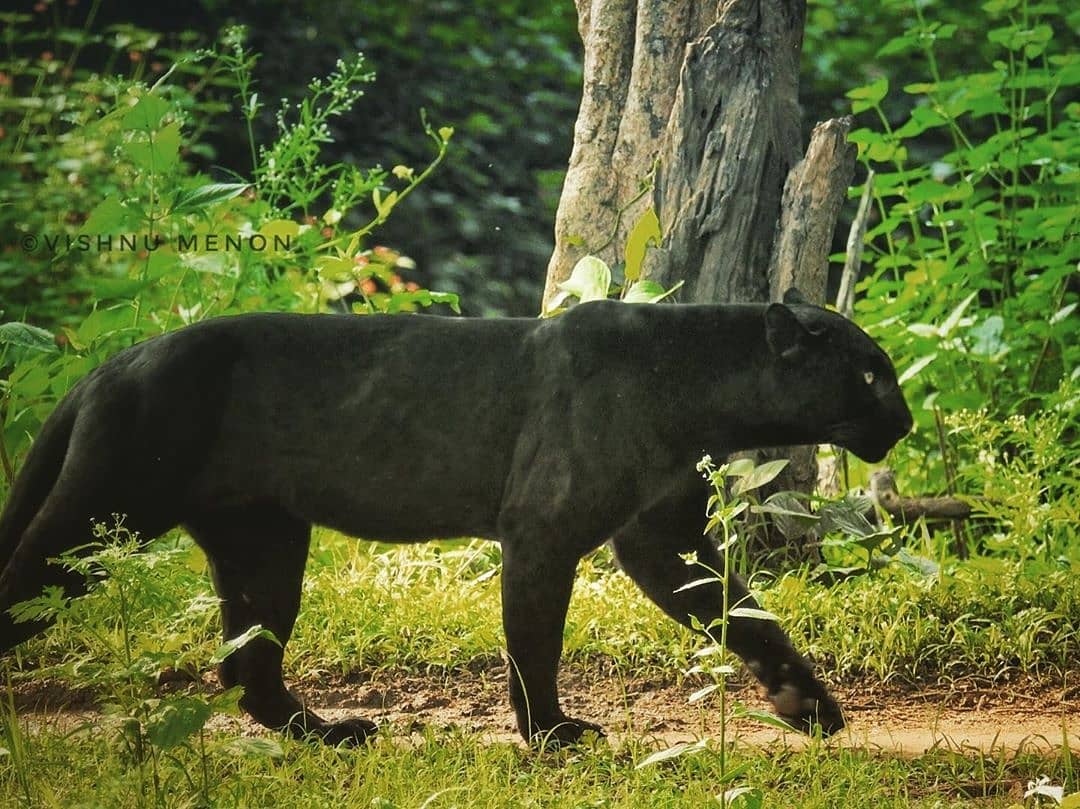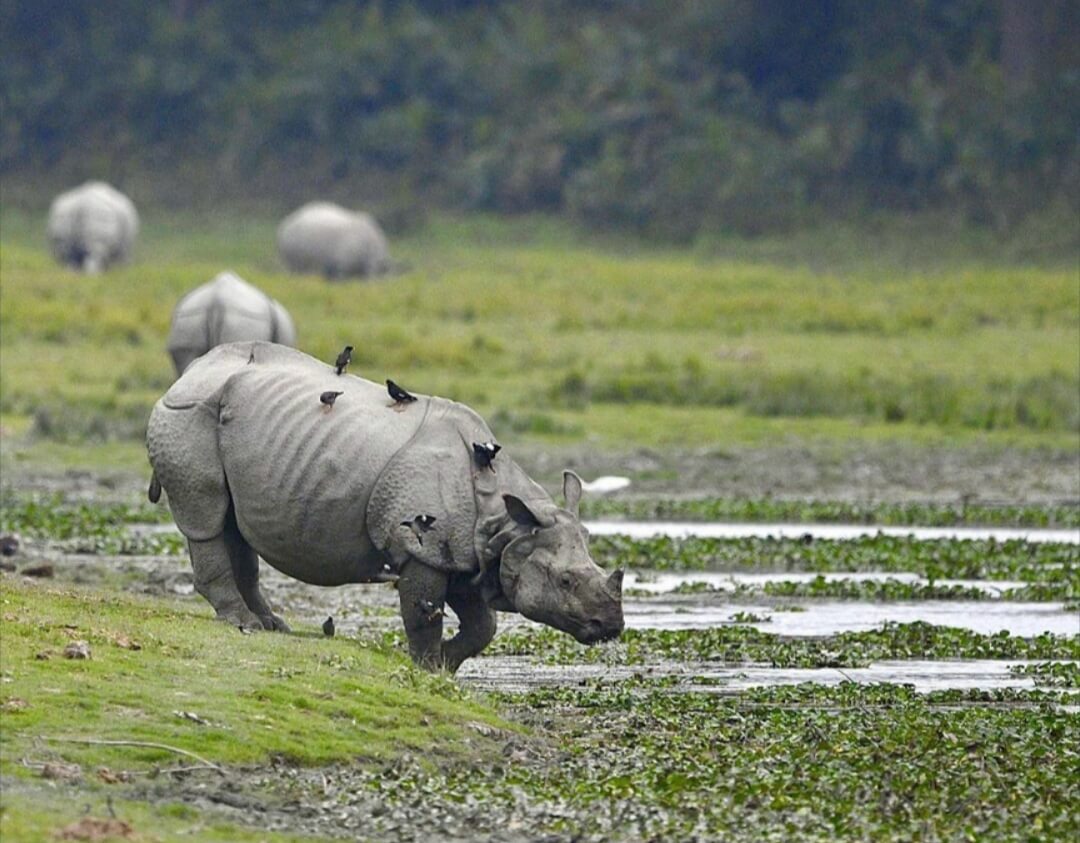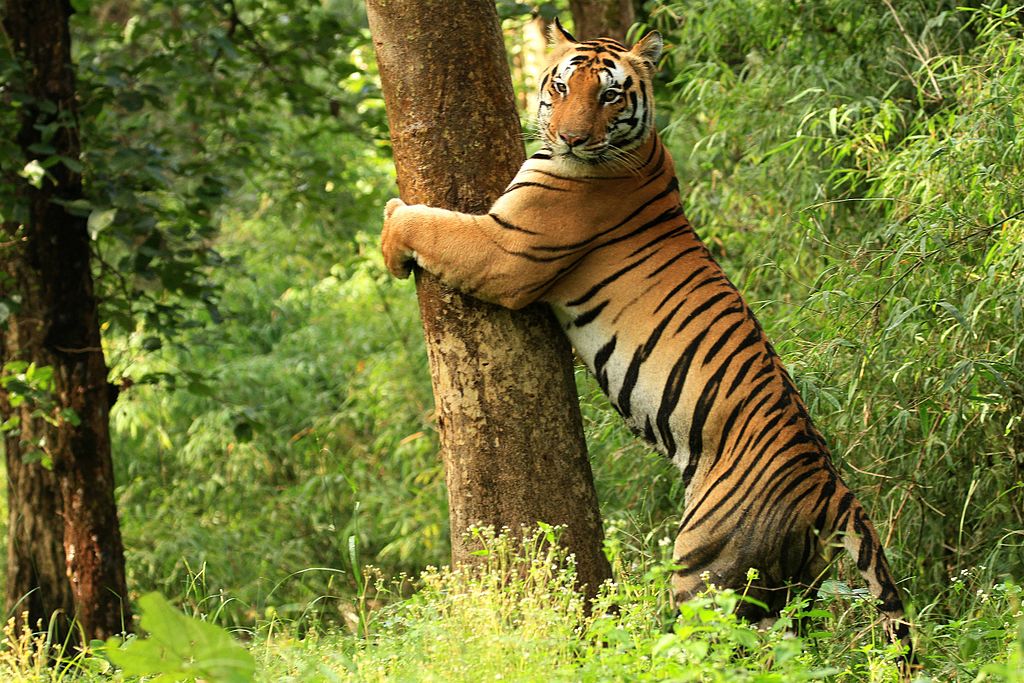Difference between National Parks, Wildlife Sanctuary & Tiger Reserve
Tadoba Andhari is a popular tiger reserve in Maharashtra. Pench is both a national park and a tiger reserve. Jim Corbett is a national park, a wildlife sanctuary and also a tiger reserve. Wait, what?
All of them are places with green breathtakingly beautiful landscapes and exotic wildlife species. Then why these different names? After all, a protected area is a protected area. Right?
Wrong !!
If the above confusion sounds familiar to you, dear reader, I suggest you read ahead.
What is the National Parks?
A national park, according to the Indian Ministry of Environment & Forests, is “[a]n area, whether within a sanctuary or not, [that] can be notified by the state government to be constituted as a National Park, by reason of its ecological, faunal, floral, geomorphological, or zoological association or importance, needed to for the purpose of protecting & propagating or developing wildlife therein or its environment. No human activity is permitted inside the national park except for the ones permitted by the Chief Wildlife Warden of the state under the conditions given in Chapter IV, Wildlife Protection Act, 1972“
Grazing, settlement and other such human activities inside a national park are strictly prohibited. Even the collection of firewood and other forest produce isn’t allowed. This alienation from human contact ensures a greater degree of protection to wildlife. However, one must keep in mind that national parks aren’t meant for any particular species. Rather, they promote and conserve forest life diversity.
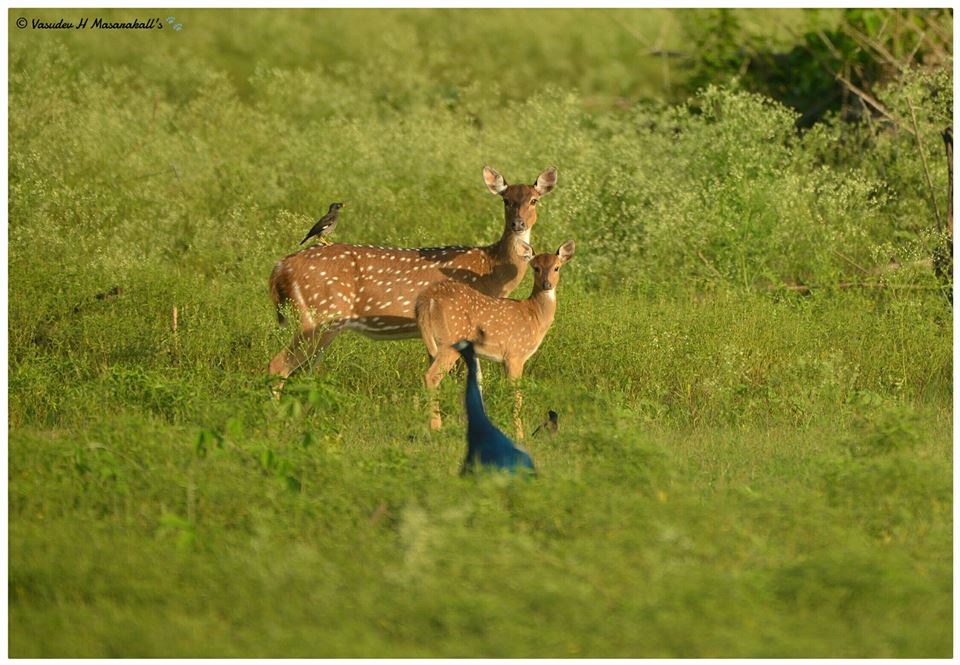
Popular Safari Packages in India
The first national park was established in India in 1936. It was the Hailey National Park in Uttarakhand. Today, we know it as the Jim Corbett National Park. By 1970, we had only five national parks.
This scenario changed in 1972 when India enacted the Wildlife Protection Act and introduced the now successful Project Tiger. Today, we have 106 national parks in the country covering 44,402.95 sq. km of area.
Some of the best National Parks in India
- Jim Corbett National Park
- Ranthambore National Park
- Gir Forest National Park
- Pench National Park
- Sunderban National Park
There are a total of 106 National Parks in India covering 40,402.95 sq km of area, Here is the complete list of National Parks in India
What is Wildlife sanctuary?
A wildlife sanctuary is a naturally occurring sanctuary that provides the species protection from poaching, hunting, predation etc. In other words, it is a geographic territory that safeguards wildlife. It formally comes into existence through a notification issued by the State Govt.

A wildlife sanctuary may be a separately existing entity or stand within a national park. It may even be upgraded into a national park. Infact, many national parks in India were initially wildlife sanctuaries and upgraded later. Such as the Kaziranga National Park.
Human activities are permissible inside these sanctuaries. People are allowed to graze cattle and collect forest produce. Settlements aren’t permitted but rights over land are granted to their rightful holders.

There are a total of 573 wildlife sanctuaries scattered all across India. Some popular ones are – Umred Karhandla Wildlife Sanctuary in Maharashtra, Nal Sarovar Wildlife Sanctuary in Gujarat, Karakoram Wildlife Sanctuary in Kashmir, Mookambika Wildlife Sanctuary in Karnataka and others.
Some of the top Wildlife Sanctuaries in India
- Periyar Wildlife Sanctuary
- Umred Karhandla WIldlife Sanctuary
- Dampa Wildlife Sanctuary
- Melghat Wildlife Sanctuary
There are a total of 573 Wildlife Sanctuaries in India covering 123,762.56 sq km of an area.
What is Tiger Reserves?
A protected area statutorily designated for the conservation of the striped big cats is referred to as Tiger Reserve. However, a tiger reserve may also be a national park or wildlife sanctuary. Such as the Sariska Tiger Reserve is also a national park. It is so because the place was originally created as a national park and later dedicated to tiger conservation.

This is not to say that all tiger reserves have to be a sanctuary or a national park. Some of them exist as tiger reserves only since they were specially created for the purpose of conservation and protection of tigers. Tadoba Andhari is one such tiger reserve.
Today, there are 55 tiger reserves in India under governing of the Project Tiger. These reserves are administrated and looked after by the National Tiger Conservation Authority (NTCA). The tiger reserves have played a crucial role in the result that India is home to 70 per cent of the world tiger population today.
Some of the top Tiger Reserves in India
- Tadoba Andhari Tiger Reserve
- Bandipur Tiger Reserve
- Nagarhole Tiger Reserve
- Bandhavgarh Tiger Reserve
- Sariska Tiger Reserve
There are 55 Tiger Reserves in India covering approx 78,735.59 sq km of an area. Here is the complete list of Tiger Reserves in India

